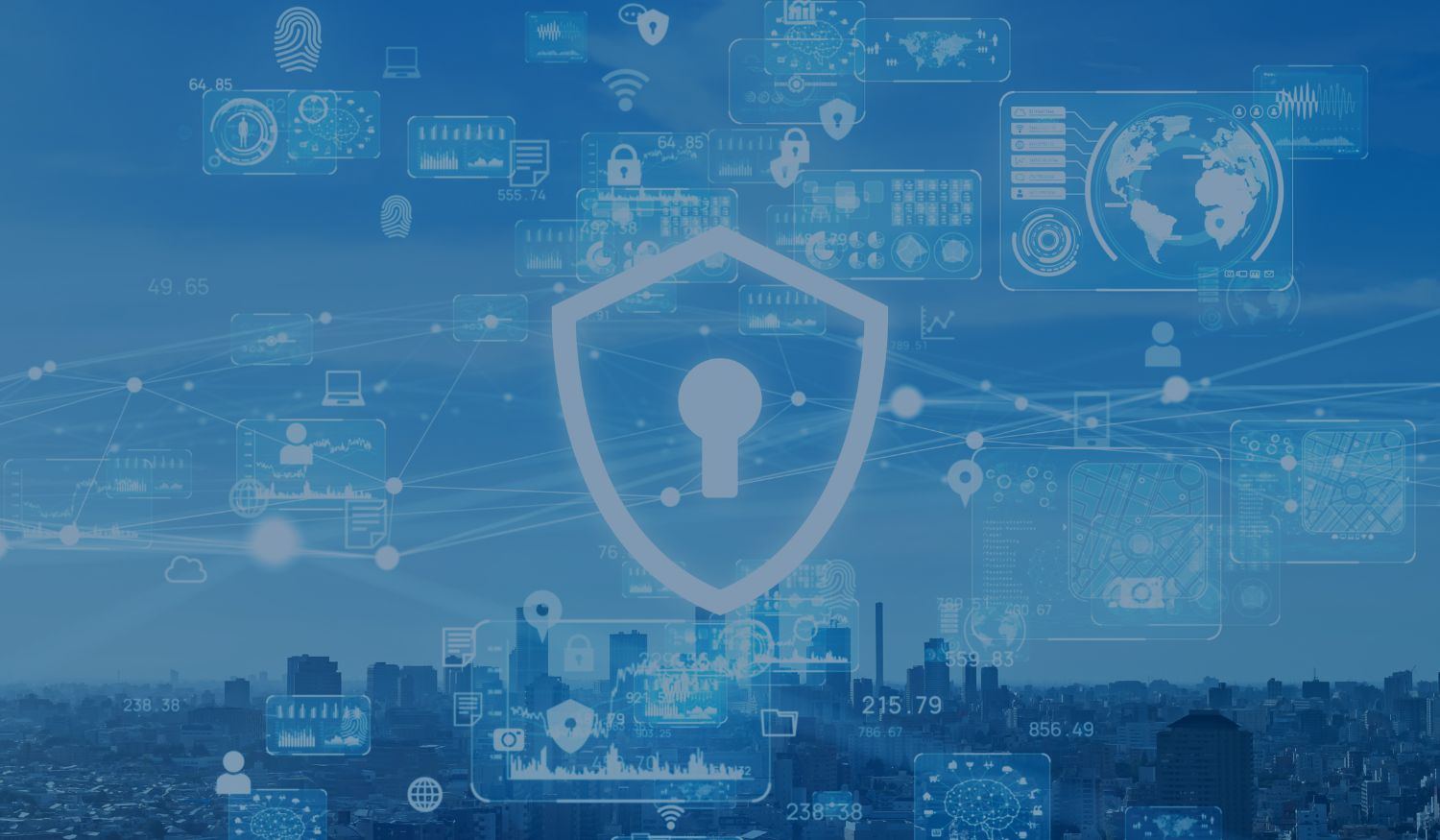Protecting Against Deepfakes in Remote Hiring: A CISO's Guide
With virtual interviews and online job applications dominating the hiring process, cybercriminals are exploiting new and old tactics to infiltrate organizations. This includes the use of AI deepfake technology to impersonate job candidates, deceive hiring managers, bypass identity verification processes, and gain access to sensitive systems.
This growing threat has already shown its real-world impact. Recent reports reveal North Korean IT workers using fake profiles and deepfake-enhanced tactics to secure remote jobs in major U.S. companies, funneling earnings to fund state-backed operations. Such examples highlight how deepfake-enabled scams are no longer a theoretical risk, they are an operational reality.
For CISOs, this raises an urgent question: how can organizations ensure the person on the other side of the screen is who they claim to be? Countering these sophisticated tactics requires a combination of advanced technologies, secure hiring and onboarding processes, robust credentialing practices, and proactive threat monitoring.
Understanding the Threat
Deepfakes, AI-generated manipulations of facial features, voices, or other identifiers, are now tools for fraudsters to circumvent traditional security measures. Within the context of remote hiring, this threat takes several forms:
- Synthetic Identities: Criminals create fake personas by combining stolen data with deepfake avatars or AI-generated profiles.
- Impersonation of Real Individuals: Attackers use deepfake technology to mimic an actual person’s appearance and voice, applying for jobs in their name, also known as proxy interviewing.
- Bypassing ID Verification: Many companies rely on human processes that are not adept at detecting fake credentials, such as counterfeit driver’s licenses, leaving even sophisticated identity verification tools vulnerable to high-quality deepfake simulations.
The consequences are clear. A fraudster gaining employment under false pretenses can access internal systems, manipulate data, and exfiltrate critical information, all while appearing to be a legitimate hire.
Why Traditional ID Verification Falls Short
Fraudsters employ increasingly sophisticated tactics, such as using high-quality fake IDs, deepfake videos for remote interviews, and credential sharing. In addition, legitimate remote employees can hire others to perform their work. These methods expose critical weaknesses in traditional verification practices, which often rely on outdated approaches like document uploads, passwords, and multi-factor authentication (MFA), leaving organizations vulnerable to advanced schemes.
Passwords are highly vulnerable to phishing attacks, credential stuffing, and other brute force tactics. Even MFA has its weak points, with attackers using man-in-the-middle, SIM swapping and social engineering to bypass it.
Another critical vulnerability is account recovery, where attackers exploit gaps in the process to gain unauthorized access, as seen in recent high-profile breaches targeting gaming and hospitality organizations. These challenges underscore the limitations of traditional authentication methods in verifying an individual’s identity during onboarding and maintaining security over time.
The rising sophistication in deepfake and identity-based fraud also exposes the absence of robust liveness detection—a capability essential for distinguishing between AI-generated presentation attacks and genuine human biometrics. Without this safeguard, even advanced verification tools can be outmaneuvered by determined attackers.
Addressing these challenges requires moving beyond traditional methods and adopting advanced identity verification technologies.
Advanced Solutions for Remote Hiring Security
Biometric authentication uses unique physical or behavioral traits, such as fingerprints, facial matching, or voice prints, to verify identity. Because these identifiers are inherently tied to an individual, they are significantly harder to replicate or forge. Advanced systems can implement step-up authentication during processes like interviews or onboarding, ensuring the candidate remains consistent throughout.
Passive liveness detection as well as active liveness that prompts users to blink, smile, or turn their head ensures the presented biometric data originates from a live individual. Along with 3D mapping to analyze depth and spatial data, and AI-based analysis to detect inconsistencies in skin texture or lighting, these capabilities help identify deepfake manipulation.
Verified claims and credentials—where an individual's identity is validated and then linked to a verified credential representing qualifications, competencies, authority, etc. further enhance security, privacy and efficiency. These credentials can be reused for subsequent interactions, such as proof of age, reducing reliance on vulnerable methods that are secured by passwords and static tokens, or simply exposed in the clear via email, SMS messaging and fax.
Together, these technologies create a formidable barrier against fraud.
Strategies for Securing Remote Hiring
To build a resilient defense against deepfake-enabled scams, CISOs should focus on three interconnected strategies:
- Adopt Advanced Identity Verification Solutions
Investing in platforms that integrate biometric authentication and liveness detection is essential. Look for solutions offering multi-modal biometrics—combining facial recognition with voice or fingerprint analysis—and data triangulation capabilities to validate data against trusted databases. These tools can significantly reduce the risk of deepfake-based infiltration. - Develop and Standardize Secure Hiring Protocols
Collaborate with HR and IT teams to establish rigorous hiring protocols. These should include mandatory pre-screening checks with verified digital identities, the use of secure video interview platforms equipped with fraud detection features, and step-up verification processes for sensitive or high-risk roles. Consistency in these practices across departments strengthens organizational resilience. - Monitor and Adapt to Emerging Threats
The rapidly evolving nature of deepfake technology demands continuous vigilance. Organizations must stay informed about new threat vectors by participating in industry forums, collaborating with peers, and keeping current with advancements in detection techniques. Regular assessments of identity verification tools are essential to ensure they can counteract the latest deepfake tactics.
While technology plays a pivotal role, addressing the human element is equally important. Training HR staff and interviewers to recognize red flags—such as unnatural facial movements, inconsistent lighting, or audio-visual sync delays—is critical. Organizations should also implement clear escalation protocols for suspicious cases and conduct regular training sessions to reinforce awareness of deepfake-related risks.
The road to secure remote hiring may be challenging, but with the right strategies and awareness, organizations can protect themselves against even the most sophisticated adversaries.
Share this
You May Also Like
These Related Stories

Insights into the Vital Role of Data Security Posture Management

The Evolution of SIEM: Leveraging New Solutions for Cloud Security
.jpg)

